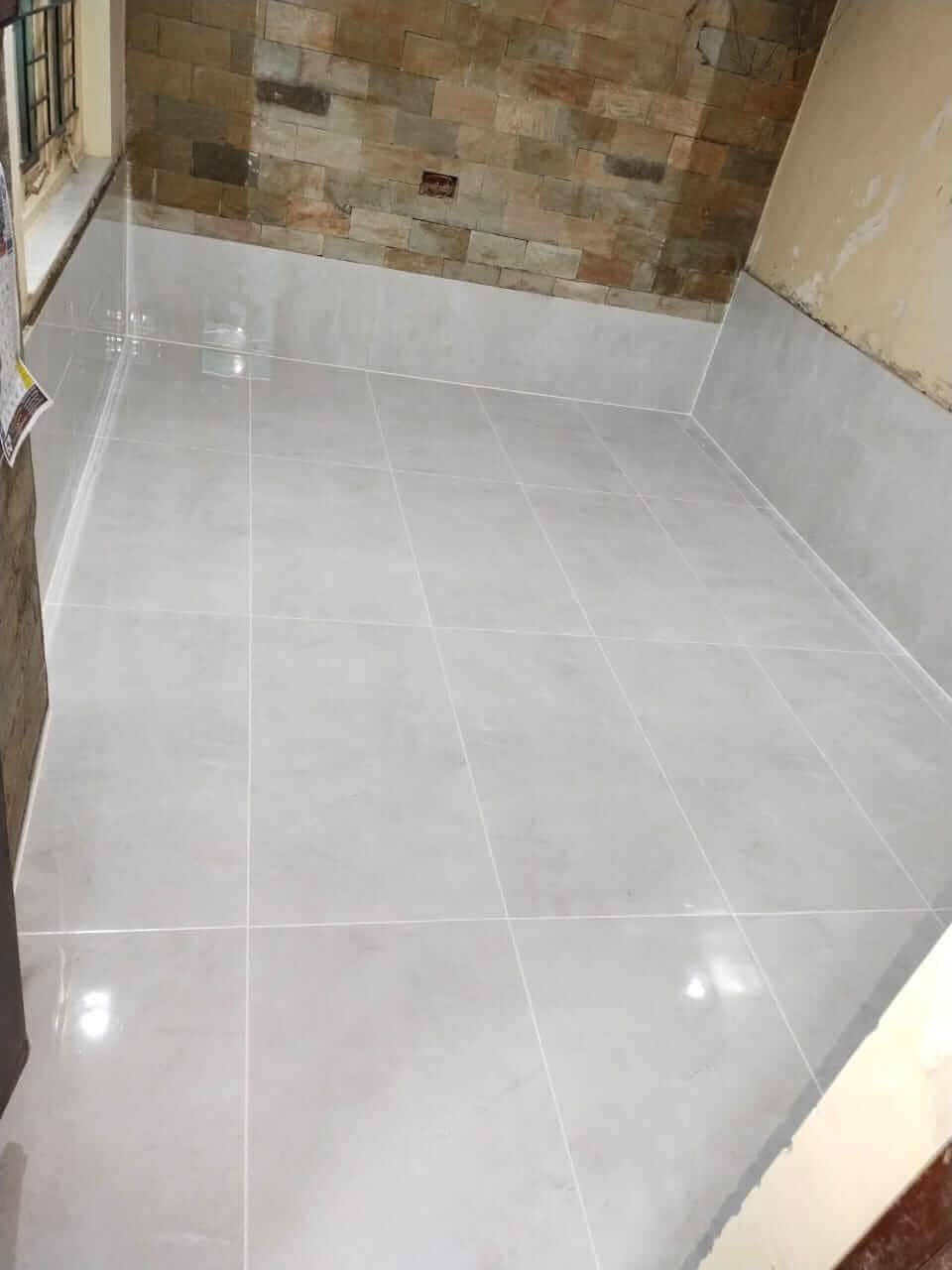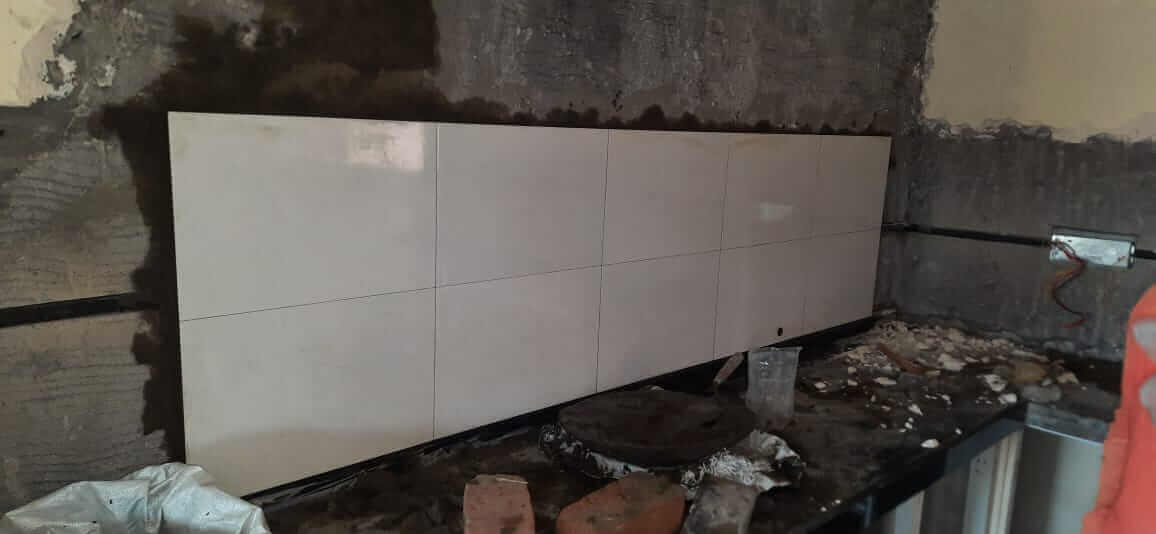5 BEST WATERPROOFING TECHNIQUES TO APPLY
Date: 17 August 2022
Waterproofing is one of the most important applications in a building. Many distinct surfaces used in building can be made more durable by waterproofing techniques. In order to ensure the comfort of the home or office to be used after the construction is done, waterproofing materials should also be utilized. What hence are the best waterproofing materials? Which type of waterproofing should be applied to which area of a house? Our post has the answers to these queries.
Rural and urban locations use different waterproofing techniques. What waterproofing materials are best for a venue? We need to examine the waterproofing components in more detail in order to give a complete response to this query.
1. Waterproofing technique using cement
Cement-based waterproofing is the simplest waterproofing method in construction, so let's start with one of the classic responses to the issue of what are the waterproofing materials. Materials for waterproofing that are based on cement are widely available from a variety of vendors, and they are simple to combine and use.
The bathroom and toilet are two common residential damp places where this technique is applied. This technique often involves full or partial waterproofing. It is utilised in places where there is no sunlight or bad weather.
The following structures utilize cement-based waterproofing:
- 1.Water Treatment Facilities
- 2.Bridges \ Dams
- 3.Metro and railroad systems
- 4.Concrete dykes, canals, and river locks
- 5.Parking facilities
- 6.Tunnels
2. Liquid Waterproofing Membrane Technique
The liquid waterproofing membrane method uses a thin coating that is often applied by spray, roller, or trowel and consists of a priming layer and two applications of top coat. Compared to waterproofing types that use cement, it gives more flexibility. As a result, it is utilised more frequently presently.
What is the procedure for using a liquid waterproofing membrane? The coating's elongation capabilities can go up to 2000%. The type of polymer the manufacturer employs to create liquid waterproofing determines how long the waterproofing coating will last.
The spray-applied liquid membrane made of polymer-modified asphalt may serve as the liquid waterproofing membrane. Varying manufacturers also offer various strengths of acrylic, hybrid, or polyurethane liquid membranes for trowel, roller, or spray.
3. Waterproofing Technique with Bituminous Coating
According to the degree of formulation and polymerization, bituminous coating is a type of coating used for flexible protection and waterproofing. The type of polymer and the fibre reinforcement can both affect how flexible and water-resistant it is.
Asphalt coating is another name for bituminous coating. Areas under the screed are where bituminous coatings are most frequently applied. On surfaces like concrete foundations, it is a great waterproofing and protective coating substance. The bituminous coating is not meant to be exposed to sunlight because it is constructed of bitumen-based ingredients. If left unaltered by a more flexible substance, like polyurethane or acrylic-based polymers, it becomes incredibly brittle when exposed to sunlight for an extended period of time.
The amount of solids in the polymer that has been applied to the bit determines how flexible the final product will be.
4. Waterproofing using Bitumen Membrane
Due to its dependable performance, bituminous membrane waterproofing is a common technique employed on low slope roofs. It is a self-adhesive waterproof membrane made of bitumen.
Certain resins and oils may be added to the self-adhesive compounds, asphalt, polymer, and filler to enhance their adhesion qualities. The self-adhesive kind has a short shelf life since the sticking capabilities of the membrane deteriorate over time.
5. Waterproofing using Polyurethane Liquid Membranes
For flat roof areas that are exposed to weather, polyurethane liquid membrane waterproofing is used. In comparison to other waterproofing techniques, this one is pricey. The flexibility of polyurethane liquid membrane can be increased. The moisture content of the concrete slab must be carefully assessed before the membranes are applied because polyurethane is extremely sensitive to this moisture level. If not, the membranes may eventually bind or peel off.
Shree home service work with gurantee and modern techniques to resolve Bathroom leakages, Cracks issue of Bathroom or Toilet Waterproofing, Roof Waterproofing, Terrace Waterproofing, Floor Waterproofing, Tile Flooring Services, Basement Waterproofing. With Reasonable price and we also provide free consultation service.
Shree home service Provide Best Painting Services in Pune, Pimpri Chinchwad(PCMC), Wakad, Hinjewadi, Pimple Saudagar, Pimple Nilakh, Rahatani, Thergaon, Baner, Balewadi, Ravet, Punawale, Tathawade, Kiwale, Bhosari, Chikhali, Moshi, Dehuroad, Akurdi, Nigdi, Pashan, Aundh, Dapodi, Pimple Gurav, New Sangavi.
.jpeg)


